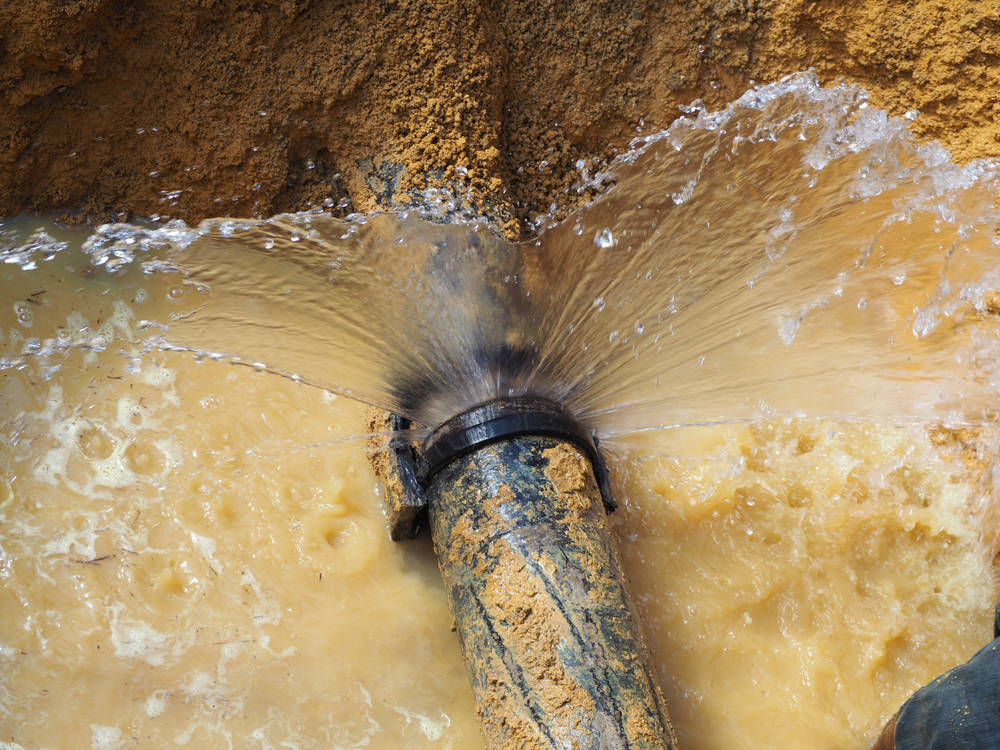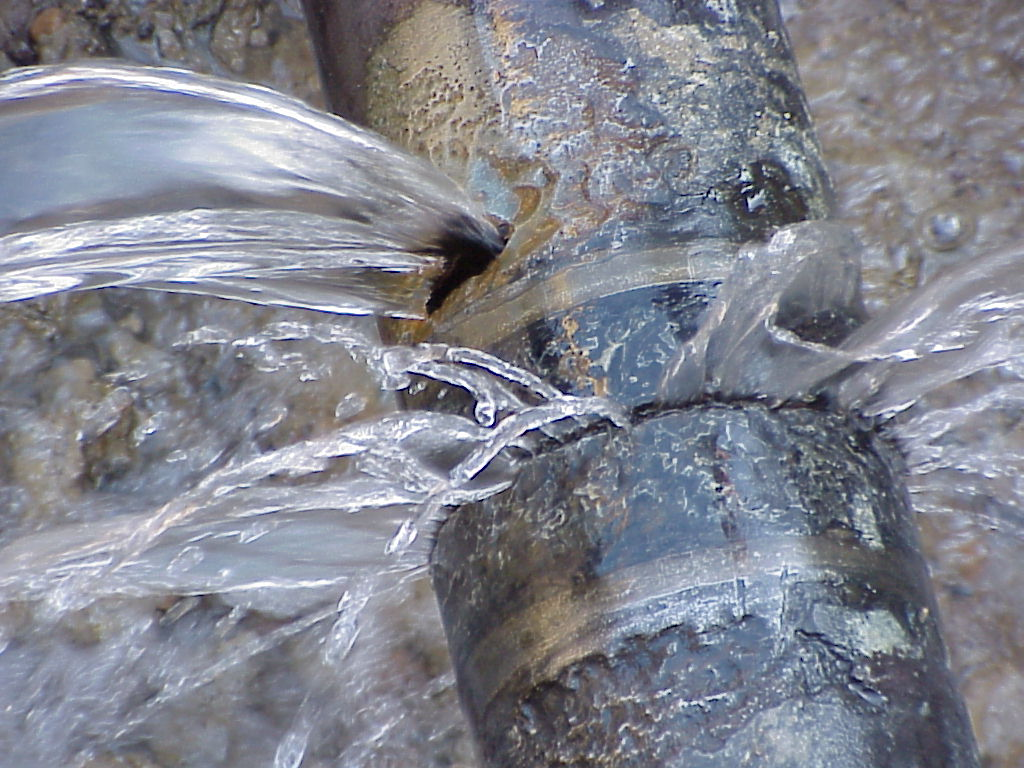The content below about What to Know Before Installing a Dishwasher is pretty much informative. You should read it.

A burst pipeline is a major emergency; you can just stand as you see water you pay very much to reunite with the planet. In even worse situations, you observe a pool on your kitchen area flooring, which is a great journey hazard, specifically if you have kids around. If the pipeline that burst was in your wall surfaces, trouble: you may need to paint that entire area.
How can a catastrophe like a burst pipeline be protected against as well as taken care of? Well, by listening to your expert emergency plumbers as well as adhering to these rules.
Exactly how do I understand when my pipelines have ruptured?
Varying water pressures
Pipelines do not simply burst in a day. You might have noticed that your kitchen tap or shower doesn't run promptly when you transform the tap. It might stop briefly for a couple of secs and after that blast you with even more force than normal.
In other circumstances, the water may seem regular at first, then drop in pressure after a few seconds.
Damp walls and water stains
Before a pipe bursts, it will certainly leak, a lot of times. If this persistent leaking goes unnoticed, the leakage might graduate right into a vast tear in your pipe. One easy method to avoid this emergency is to keep an eye out for wet wall surfaces advertisement water stains. These water spots will certainly lead you right to the leak.
Puddles under pipelines and also sinks
When a pipeline bursts, the outflow forms a pool. It may show up that the puddle is expanding in size, and also despite the amount of times you mop the pool, in a few mins, there's one more one waiting to be cleaned. Commonly, you might not be able to map the puddle to any noticeable pipes. This is an indication to call a professional plumber.
Untraceable trickling noises
Pipeline bursts can happen in the most unpleasant locations, like within concrete, inside wall surfaces, or under sinks. When the house goes quiet, you may have the ability to hear an irritatingly relentless dripping sound. Also after you have actually inspected your shower head and cooking area tap, the dripping might proceed.
Dear reader, the dripping might be originating from a pipeline inside your wall surfaces. There isn't much you can do regarding that, except inform a specialist plumber.
Shut down the Water
When water freezes, it expands in quantity by concerning 9 percent. As well as it expands with tremendous pressure: The stress inside pipes might go from 40 pounds per square inch to 40,000 psi! No pipeline can hold that much pressure, so it bursts. The break may take place where the ice types, yet more frequently, it occurs where water pressure locates a vulnerable point in the pipe. That may be inches and even feet from the icy area. Locate the water shutoff valve and also switch off the water to prevent more damage. You may also need to turn off the power as well, depending upon where the leaks happens and just how huge it is.
Polluted water
Many people think a ruptured pipe is a one-way electrical outlet. Quite the contrary. As water spurts of the hole or gouge in your plumbing system, impurities find their way in.
Your water may be contaminated from the resource, so if you can, examine if your water container has any problems. Nevertheless, if your drinking water is supplied and purified by the local government, you need to call your plumber immediately if you see or scent anything amusing in your water.
What do I do when I find a burst pipeline?
Your water meter will certainly remain to run even while your water wastes. To reduce your losses, find the major controls and also turn the supply off. The water mains are an above-ground framework beside your building.
How to Fix & Detect a Leaking Pipe
How Do I Know if a Pipe is Leaking?
Leak detection tests can help you determine if your pipe has a leak. Even if you don’t see an apparent leak, you should still conduct leak detection tests regularly to save water and money—and prevent major damage to your home.
Water meter. It can be helpful to figure out what your usual water meter usage numbers are and then monitor them regularly. To monitor your meter, first, turn off all water faucets in your home. Check the meter and write down the numbers. In a few hours, check the meter again. If the numbers have changed, you have a leak. Water gauge. Use a water gauge to test your water pressure. Your showerhead should produce a certain amount of water pressure based on its model and design. If the pressure is lower than it is supposed to be for that specific showerhead, your home likely has a leak. Puddles. Look inside your bathroom, laundry, and kitchen sink cabinets. Puddles around the cabinets or around toilets, tubs, showers, and washing machines indicate the presence of a leaking pipe. You may also notice loose tiles, peeling or flaking paint, or mold caused by water accumulation. Napkin test. Even if you don’t see any puddles, you may still have a leak. You can test for water leaks in the bathroom, laundry, and kitchen by wiping below-sink connections with a napkin, paper towel, or piece of toilet paper. If it becomes damp, you probably have a leaking pipe under the sink. Discolored walls. Walls that are discolored—usually with brown or yellow stains—or bulging might mean that they have been impacted by water damage caused by a leaking pipe. Smell. A leaky pipe will create sitting water, and over time, that water may develop a musty smell. If your home smells musty, but you can’t locate the source, it may be due to a leak. Steps for Fixing a Leaking Pipe
A leaky drain can be remedied by tightening the pipe base, replacing the drain seal, caulking the rim, and tightening the pipe nut. Similarly, a leaking toilet pipe can be treated by tightening the packing nut. You may also need to replace the valve. A leaky faucet may just need tightening or replacement of the washers. If that doesn’t work, consider replacing your faucet. If your pipe has a hole in it, you may want to use a pipe leak sealer or pipe leak tape. This quick fix for water pipe leaks can also temporarily fix a copper pipe leak. https://www.ahs.com/home-matters/quick-tips/how-to-tell-if-pipes-are-leaking/

We were guided to that editorial about How to install a dishwasher safely from an acquaintance on our other website. Sharing is nice. Helping others is fun. I take joy in reading our article about How to install a dishwasher safely.
Check Us Out